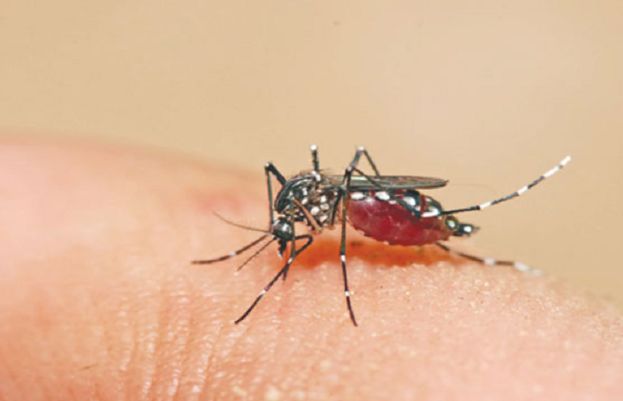
Top hedge plant picks for privacy, beauty and low maintenance
A well-chosen hedge is more than a line of shrubs — it’s a natural fence, a windbreaker, a privacy screen and even a noise filter. It can also become a stunning part of your landscape design.

Photo: Generated by AI (DALL·E 3 by OpenAI) is licensed under Free for commercial use (OpenAI License)
Живая изгородь
The key? Choosing the right plants. Some grow fast, others stay evergreen, and some bring color with blooming flowers. Each garden goal calls for a different type of hedge.
Picking the wrong plant often leads to regret — slow growth, constant trimming or poor visual cover.
A recent gardening guide suggests starting with your main purpose — then matching the plant to the function.
🌿 What to plant for what purpose
| Purpose | Recommended plant | Why it works |
|---|---|---|
| Quick privacy | Privet | Grows fast and fills in densely |
| Year-round coverage | Boxwood | Evergreen and formal-looking |
| Color + flowers | Hibiscus | Vibrant blooms and solid foliage |
| Low upkeep | Laurel | Tough and easy to shape |
📉 Myth vs truth
- Myth: Fast-growing always means better.
Truth: It can mean more pruning and wild growth. - Myth: Only thorny plants make good hedges.
Truth: Non-thorny species can be just as protective.
❓ Frequently Asked Questions
- When should I plant a hedge?
Best in spring or fall — avoid heat waves or frost. - How often do I prune it?
2–3 times a year, depending on species and size goal. - Can hedges work in small yards?
Yes, choose slow-growers and shape as needed.
Fun tip: edible hedges using rosemary or lavender are gaining popularity — they screen your space while smelling amazing.




